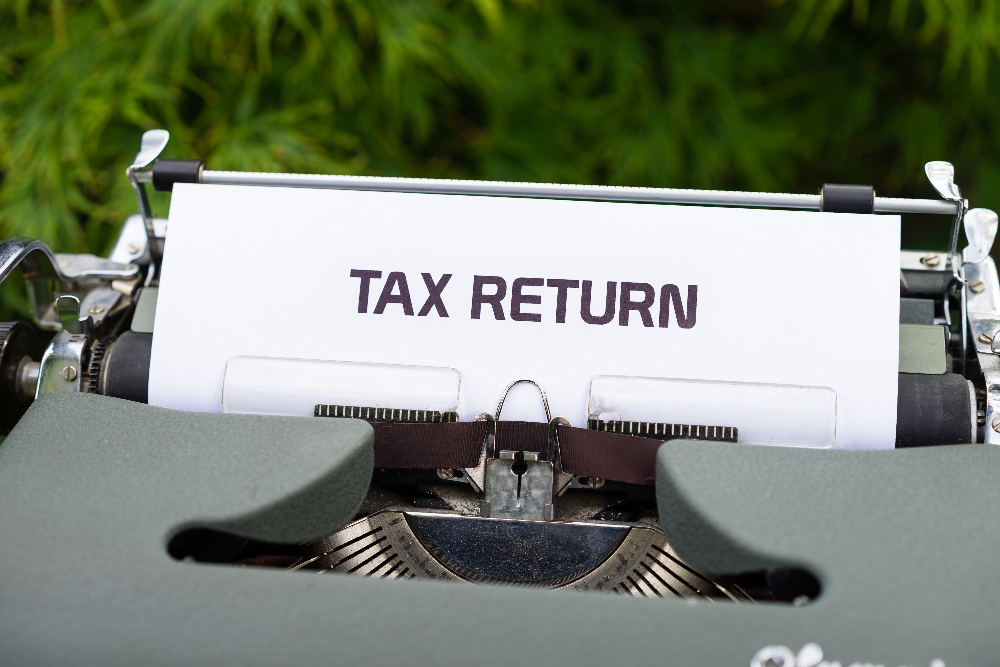If they haven’t already, most retailers are kicking off their Black Friday sales next week, culminating in the big day on 26 November.
In theory, it’s a great opportunity to pick up Christmas presents at a discount and any other bargains.
But are prices as low as they can be? And what should you be looking for anyway?
To help you navigate the Black Friday sales this year, I’ve put together a quick guide on how to make the most of it.
Can you bag a bargain during Black Friday sales?
First things first: can you actually bag a bargain?
Well, it depends.
There are some genuinely great deals around at this time of the year, but you do have to shop around.
How good the deals are also varies from year to year, as well as between different product categories.
It’s also worth bearing in mind that some products are always discounted during the sales, and almost always by the same amount. So even though you’re getting a great deal during the Black Friday sales, it’s not necessarily a bargain in the true sense of the word.
So how do you know when you have a bargain?
“I recommend doing your research in advance to see what prices are normally in a range of shops,” suggests Katie, who writes The Twenty Percent. “That way you won’t be tempted by a shiny discount sticker.”
Obviously if you know exactly what you want, it’s easy to keep an eye out on prices throughout the year. But if you’re just shopping around for a bargain, it’s a bit more difficult.
Fortunately, even if it’s more of an impulse buy, there are still some ways you can check.
Amazon*, for example, are running Black Friday Week between 19 and 29 of November, with up to 50% off across a range of products.
Some of their best deals tend to be in electronics, but you can make savings elsewhere as well.
However, there are often a lot of “fake bargains” where the discounts are actually higher during other times of the year than during Black Friday.
One way to check is by looking on Camel Camel Camel, a website that exclusively tracks the prices of Amazon products over time.
It’s an easy way to find out the highest and lowest prices of a product, although not everything is tracked there.
For other retailers, PriceSpy and PriceRunner are both great for tracking price changes over time – just be aware that they also include retailers that don’t ship to the UK, which can skew the results.
And of course, it’s always worth comparing the discount on the same product across different retailers as they’ll all be running different promotions.
What to look for during Black Friday sales
Although retailers in just about every category have some kind of offer – including supermarkets – the best discounts are still found on electricals.
Currys, AO* and of course Amazon* will generally have some of the best deals but you should always do a price comparison first.
For home appliances and even furniture, it has to be Argos.
In terms of health and beauty, Boots*, Superdrug*, and Holland and Barrett* are the biggest players – but they’ll generally have as good if not better deals during other times of the year.
Fashion is the one category I’d avoid during Black Friday as you can almost always get better discounts during other times of the year.
But, if you are shopping specifically for the Christmas season, try ASOS*, Shoeaholics* and potentially Net-A-Porter for the biggest discounts.
For all of these retailers – and anywhere you might shop online actually – it’s worth checking whether you can get additional cashback through Topcashback* and Quidco*.
And if you have a credit card or a bank account that offers you rewards, check if you can get a bonus discount there.
American Express, for example, has an offers section on their app where you can load discounts onto your card. If you then go through a cashback website, you essentially get double the discount.
Curbing the urge to splurge
Considering I wrote about the no-spend challenge just a couple of weeks ago, it would be remiss of me not to talk about the urge to splurge during Black Friday season.
Indeed, the whole reason why it was so popular in the first place was because it was so time limited that it forced people to switch into an impulse-buy mentality.
That means you stopped thinking about whether you were getting a good deal, and whether you even needed the item in question in the first place – all terrible things if you’re trying to save money.
Jennifer from Monethalia suggests: “Make a list beforehand of things you want to buy and stick to it. It’s so easy to get distracted by deals and buy things you don’t actually need.”
If you’re a particularly impulsive spender, it could even be worth staying off the internet for a day and turning off the notifications on your phone.
Or if that’s not feasible, you can turn off as many temptations to buy as possible.
You can, for example, set filters so that emails containing certain keywords (Black Friday in this case) go straight into the recycling bin or another folder.
On Twitter you can block tweets containing certain keywords from your feed, while Chrome gives you the option to install a News Feed Eradicator that blocks out just about every distraction from Facebook.
And finally, this Focus on managing your spending is a good primer for the sale season.




